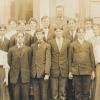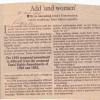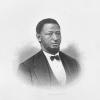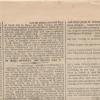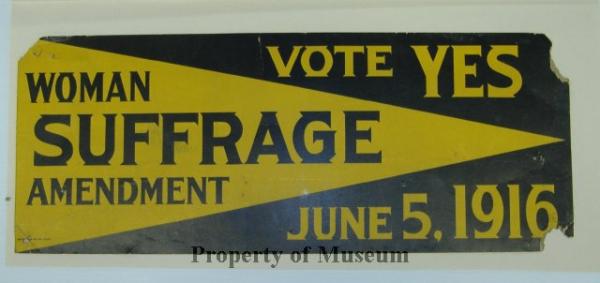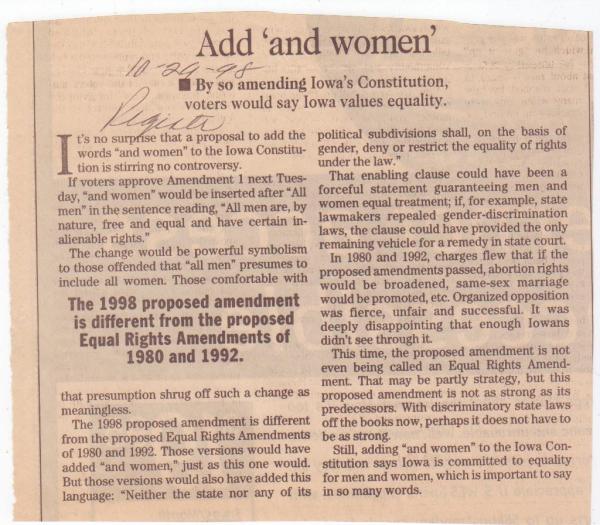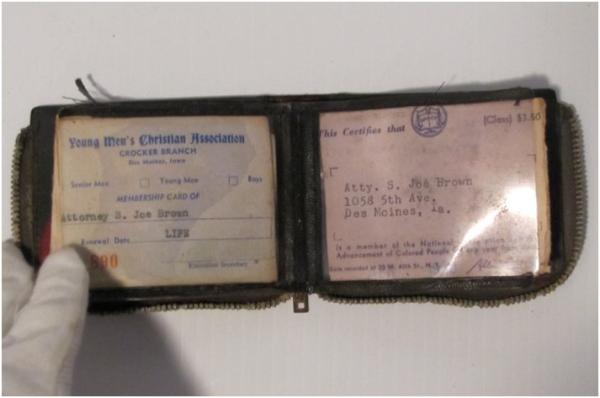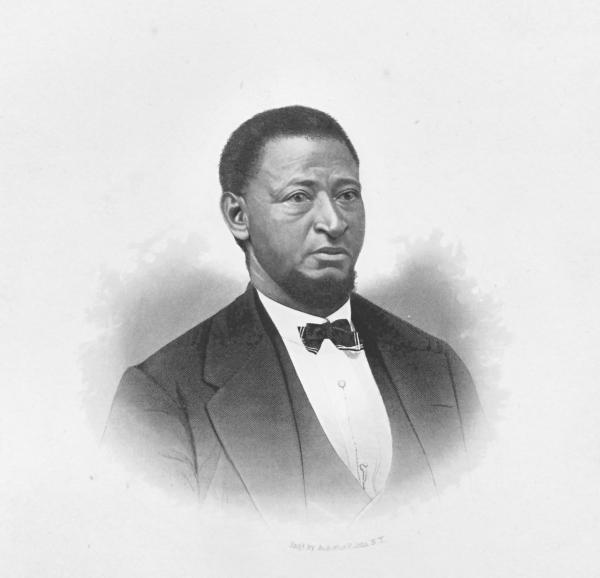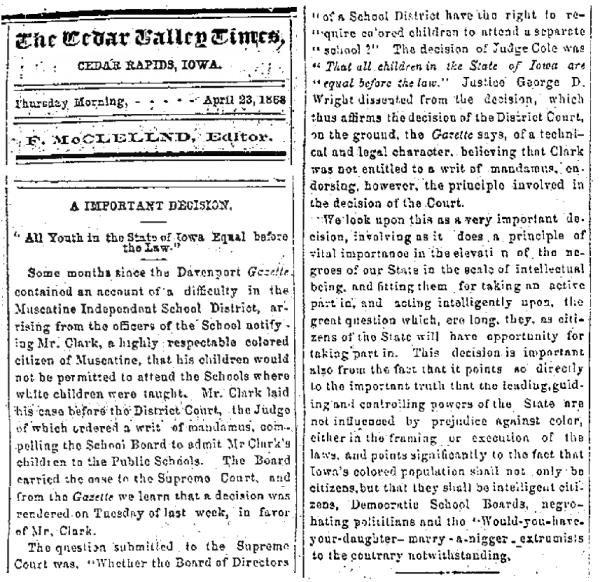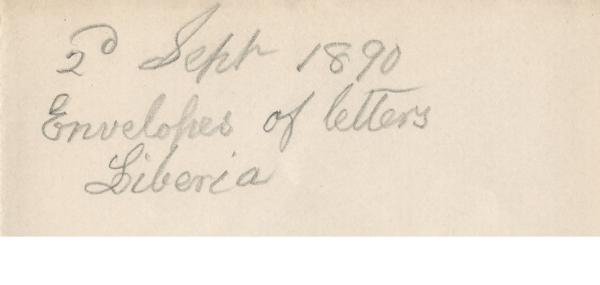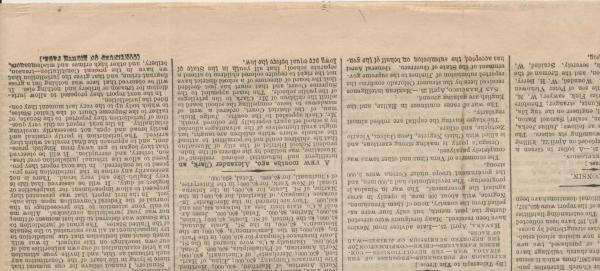Inequality in Iowa
| Grade | 9th -12th Grades | Class | Social Studies | Length of Lesson | 4 days |
| Lesson Title | Inequality in Iowa |
| Unit Title | |
| Unit Compelling Question | Have all Iowans always been treated fairly? If not, what did those Iowans do to change their experience? |
| Historical Context: The Civil War ended slavery but it did not bring African-Americans into full and equal participation in American society. While "Jim Crow" laws established legalized segregation across much of the South, the North also discriminated, sometimes through laws but sometimes in practice. Blacks in Iowa established local chapters organizations like the National Association for the Advancement of Colored People and sometimes mobilized black churches to promote equal rights. Even though Iowa law prohibited segregation in public accommodations like hotels, transportation, and restaurants, blacks were often barred or given sub-standard service. Simon Estes growing up in Centerville remembers that their movie theater required him to sit in the balcony. Others recall downtown Des Moines theaters adopted the same practice. Black veterans returning from WW II successfully pressured the University of Iowa to allow them to live in university dormitories. Until then, black students had to find private housing. In 1948, Edna Griffin and two other Des Moines blacks took Katz Drug to court for its refusal to serve them ice cream at its lunch counter. They won their case (and a very small penalty) and Katz opened its food service to all. A Cedar Rapids physician had to pressure local authorities until he was allowed to buy a house in a formerly all-white neighborhood. During the Civil Rights marches of the 1960s, local groups echoed their own demands for equal treatment. In 1965, Governor Harold Hughes appointed Iowa's first Equal Rights Commission to explore and investigate instances of discrimination. That same year, Iowa NAACP chapters joined with black churches to support Civil Rights efforts in the South. On March 7, local Des Moines blacks formed a march from the Capitol to downtown in support of the Selma to Montgomery marches. The efforts across the South captured the attention of the national news media, but Iowa efforts reflected a demand for equality here as well. |
|
| Lesson Supporting Question | |
| Lesson Overview | In this lesson students will explore the ways Iowans have overcome inequality and changed policy in the process. They |
| Primary Sources Used |
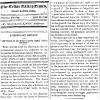 2018.010.017
2018.010.017 |
| Resources Needed |
|
| Standard | |
| Lesson Target | |
| Lesson Themes | Lawmaking, African American Experience, Women's Experience |
|
| Formative Assessment (How will you use the formative assessments to monitor and inform instruction?) |
Students will collect evidence as they explore their text set which will later be used in the creation of their final project. This evidence will be collected on a graphic organizer found in the appendix.The teacher will monitor the completion of this organizer which must be submitted with the final product., The student will be required to provide evidence for each of the three evaluative criteria in their work by submitting the self-assessment found in the appendix. For example, in the student’s documentary, the section from the second minute to the fourth minute describes the steps an individual took to overcome the inequality they faced., Students will answer the essential question in journal form. The journal entry must include an answer and evidence to support the answer as well as a description of how policy was changed in the given example., As part of the final journal entry, students must also answer the following questions: How has this project changed your understanding how policy changes? Which artifact in the text set was most useful to you? Why? Are you happy with your final project? Why or why not? If you could start this project over, what would you do differently? Why? |
| Summative Assessment (How does the lesson connect to planned summative assessment(s)?) |
The student is tasked with telling the story of an Iowan or groups of Iowans who experienced inequality and took steps to eliminate this inequality through policy changes. Students can present this information in the form of a written biography, documentary, audio story, children’s book, other proposed method approved by the teacher.Students will be given one of the two text sets (segregation or women) to use in their research. When their project is complete and all requirements have been met, the students will be required to share with a small group their finished product.Evaluative Criteria:The student must include descriptions of all of the following elements in the final product.If any of the three are missing, students will be asked to revise their work until all three are included. Examples of inequality faced by the individual or group |
| Author | Taylor Trimble | Created | Last Edited | ||||
| Reviewer: Dr. Lisa Millsaps, University of Northern Iowa | |||||||
| Lesson Plan Development Notes: Teaching Methods, University of Northern Iowa, Fall 2018 | |||||||

